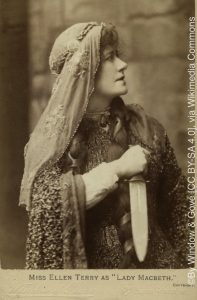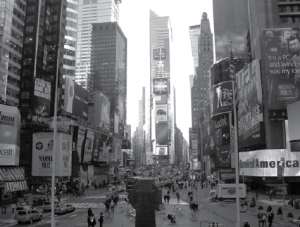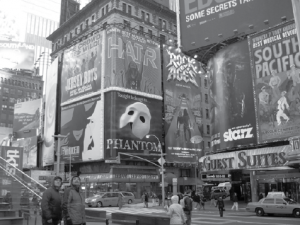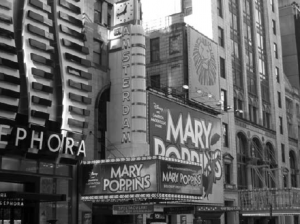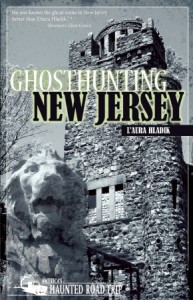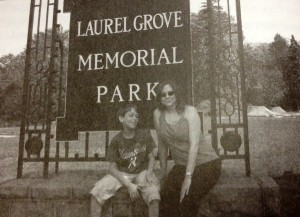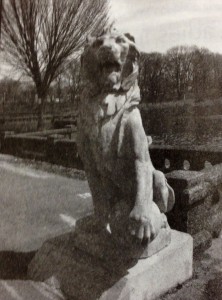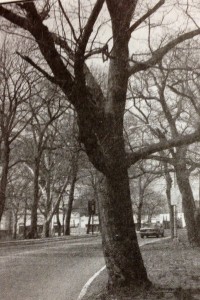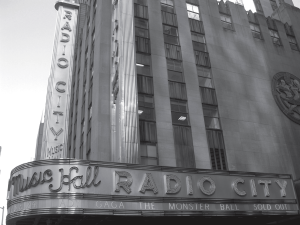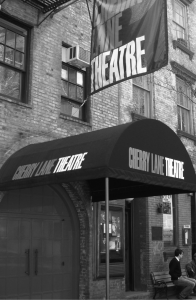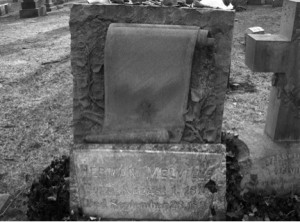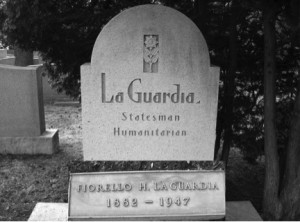L’Aura Hladik, author of Ghosthunting New York brings us a ghostly story from the Brooklyn Inn. Do you think it is haunted?
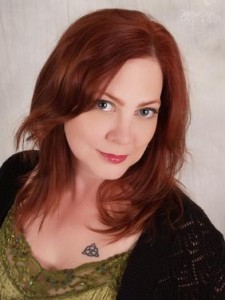
The Brooklyn Inn is a tasteful and cozy bar nestled on the corner of Hoyt and Bergen Streets in Brooklyn. The building dates back to the late nineteenth century. In 1957, its owners received a Certificate of Occupancy for a bar and restaurant on the first floor along with one apartment on each of the two upper floors. When the bar changed ownership again in May 2007, rumors spread on various blogs that the Brooklyn Inn would soon close down or, worse, become a bistro. Jason Furlani, manager of the Brooklyn Inn, set the record straight in a blog response, and thankfully this bar, a place of refuge for many loyal patrons, is still in operation. In 2008, the building was seen on the CW Network show Gossip Girl in an episode which appeared to mirror the events surrounding the change of ownership in 2007.
This is a bar, plain and simple. The former kitchen, as small as it was, has been removed to make space for a couple of tables and chairs for those who like to sit and enjoy their drinks when there is no room at the bar. I visited the Brooklyn Inn in 2009 and met with Kevin Bohl, one of the bartenders, whom I have known since my high school days. Kevin works at the Brooklyn Inn three nights a week.
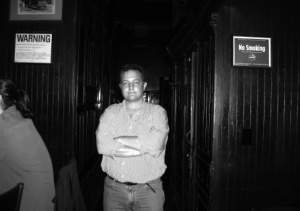
One spring night in 2008, when Kevin had been pouring drinks at the Brooklyn Inn for three years, Kevin encountered a spirit of the paranormal kind. At first, nothing seemed out of the ordinary as Kevin worked his shift. “It was around 11 p.m. and the bar was packed,” he said. I should note that, at this time, the space just beyond the bar was still a kitchen. Kevin always kept a keen eye on that area while tending bar, as patrons sometimes got a little too comfortable, eased their way around the corner of the bar, and ended up blocking the kitchen door. On this night in 2008, Kevin noticed a silhouetted figure standing in the kitchen just beyond the doorway. He did a double-take, trying to focus on who or what he was seeing. It appeared to be a man approximately five feet ten inches tall, wearing a long coat and a fedora hat. Kevin rushed about seven feet to the end of the bar to ask the gentleman to move to the front of the bar, but by the time he reached the spot, the man was gone. “I was dumbfounded. I was so cognizant of that space and the need to keep it clear. Yet I couldn’t find the guy I just saw. Like I said, the bar was packed; I thought someone had to have seen him,” Kevin explained. Of course, upon surveying the patrons in that immediate area, Kevin found that none of them had seen the “Fedora Man.”
About a year later, one of the other bartenders, Tom Vaught, witnessed this same silhouetted figure in the same doorway. Tom said the figure appeared to be leaning against the doorframe and staring out towards the bar. Just as with Kevin, once Tom reached the doorway to ask the gentleman to step away, he was gone. At first, Kevin told no one what he had seen. He was both shocked and somewhat relieved when Tom confided in him about having seen Fedora Man. They compared notes and arrived at the conclusion that they both had seen the same thing.
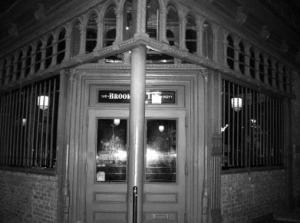
During my visit to the Brooklyn Inn, I took several pictures of the doorway area from both sides. Although I did not capture any apparition on my digital camera, I did notice the unsettling coolness of the air at the doorway as compared to other areas of the former kitchen and the bar. I looked behind the bar near this doorway to see if there was a refrigerator or ice machine that would account for the cooler temperature, but I saw neither.
A couple of my photos do have some orbs in them, and as much as I would love to definitively call them paranormal manifestations, I simply cannot. The ban on smoking in New York City bars has reduced the number of false positives inherent in ghost photography. However, at this site there is a dust factor to consider: because the main entrance door is opened and closed so frequently, airborne particulates are bound to appear in digital pictures.
I met with Lauren Macaulay, a bartender employed at the Brooklyn Inn for over nine years. She pointed out the gorgeous hand-carved woodwork which was imported from Germany and dates back to 1870. Lauren showed me how the panels on the lower half of the wall can be removed, revealing old wallpaper behind the wooden façade. I asked Lauren if she has ever seen Fedora Man, and she said, “No.” She added that on several occasions she has felt uncomfortable, as if she were being observed by some ghostly presence. This feeling had come over her on occasions when the bar was busy and also when it was quiet.
Kevin confirmed that he had experienced a similar feeling, but only after hours. He described how he would close the bar at 4 a.m., then curl up in the corner with a book and a beer, hoping to unwind a bit before heading home. Instead, he would be overcome with an unnerving feeling. Rather than relaxing and winding down from his shift, he became anxious. The feeling would become unbearable, and he would lock up and leave for the night.
I inspected the basement of the Brooklyn Inn and did not capture any EVP or temperature differences indicative of paranormal activity. Usually I do not like basements, but this one did not bother me. I felt more “energy” in the bar area and in the former kitchen area. I carefully reviewed all my audio recordings of my interviews to determine if any other voices chimed in with answers or thoughts. Since there was so much background noise (the bar had been open for business while I was there), I used software to visually review the recordings to document the voice paths for Kevin, Lauren, and me, as well as the overall background noise.
Lauren mentioned one other strange thing that had happened while she was tending bar. On a slow night with very few customers, she noticed at the far end of the bar a full glass of Guinness sitting on the bar and a woman’s sweater on the bar stool. At first she thought nothing of it, figuring the other bartender on duty had served a customer who might now be in the ladies’ room. A while later, the glass was still full and the sweater was still on the bar stool, so Lauren asked the other bartender what happened to that patron. The other bartender thought Lauren was the one who had served up the stout. By closing time, the drink and the sweater were still there. No one ever came to claim the sweater, and the bartender poured the beer down the drain. “It still bugs me to this day,” Lauren said. “How did that beer get to the bar? Why was the sweater there? The place wasn’t crowded at all. I can account for each person there, but not that one.” At this point in our conversation, Lauren showed me her arms. Merely retelling the experience had brought out goosebumps.
Could Fedora Man be the inspector who certified the building for occupancy back in 1957? That would explain his hat and coat and his need to inspect the place. It is also interesting that he has appeared both before and after the renovation of the kitchen area. I suggest you visit the Brooklyn Inn, belly up to the bar—toward the end by the former kitchen—and have yourself a drink. Better yet, order two drinks in case the owner of the sweater returns and wants her Guinness.
